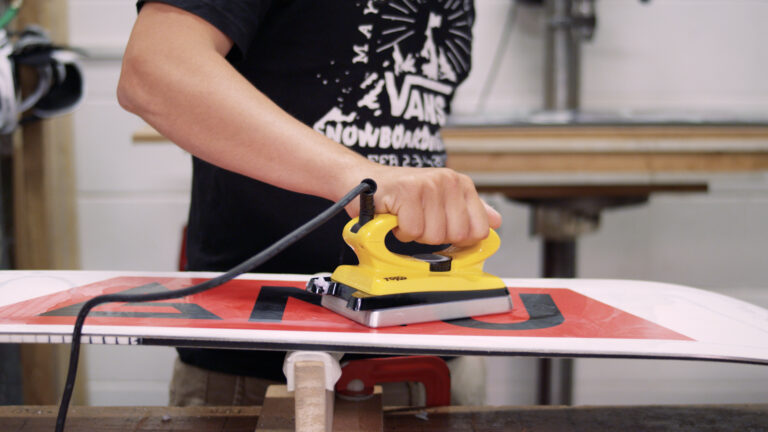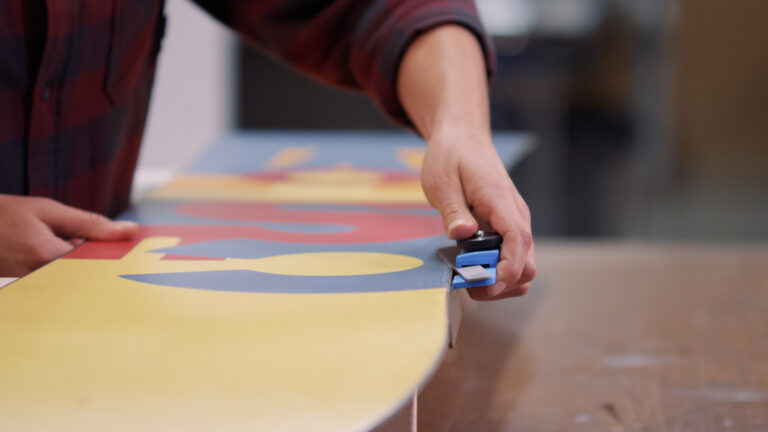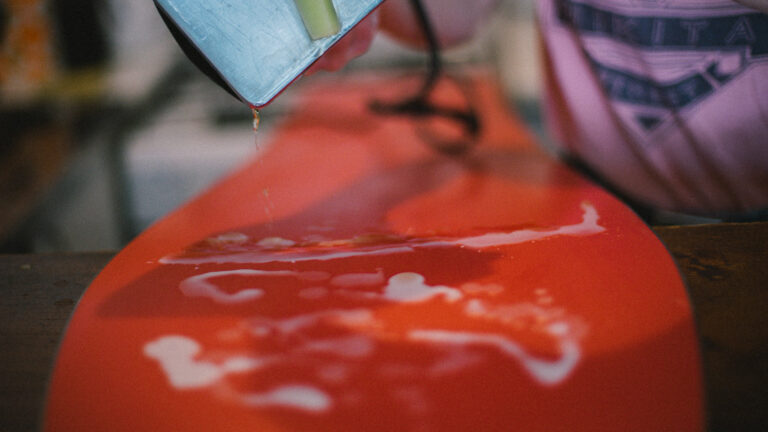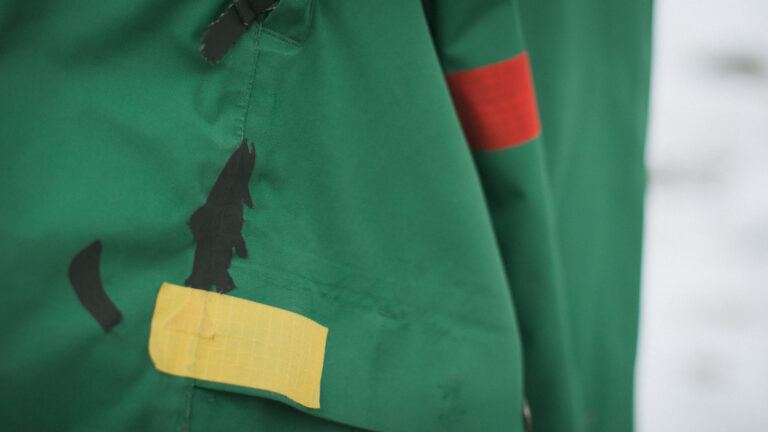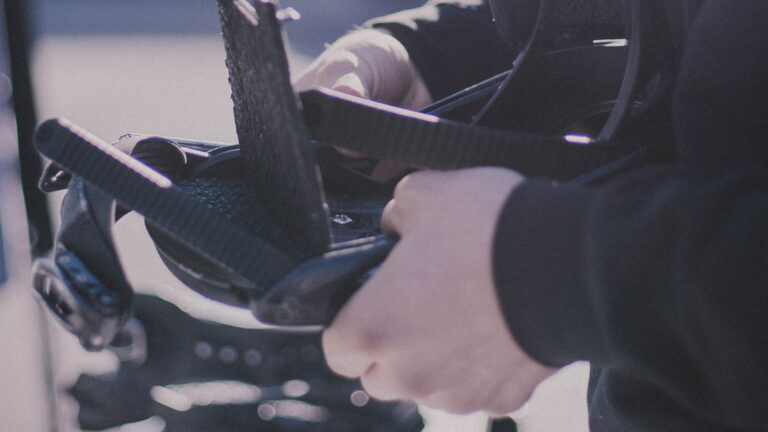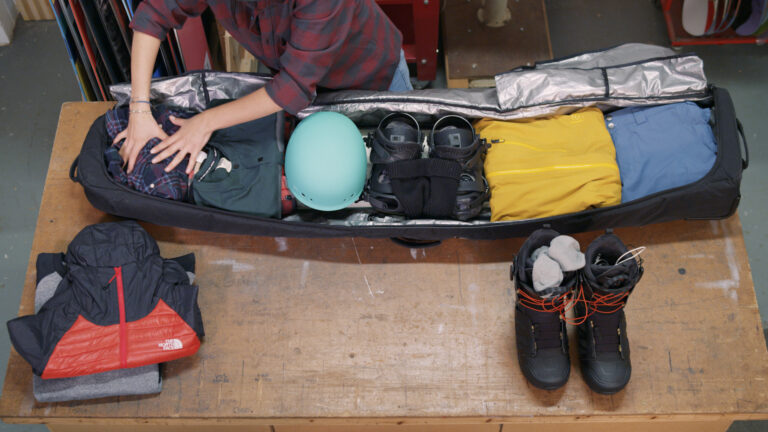If you’re heading off the beaten track and getting some of that well sought after pow, you’re going to need to do a little planning. Read our guide to powder and avalanche gear that’s going to keep you warm and potentially save your life in the backcountry.
The number one essential item is an avalanche transceiver, also known as a beacon or ‘peeps’. Everyone in your group should carry one.
Transceivers continuously send out a signal that allows you to be located in case you are buried in a slide. If a companion is buried then you can switch from transmit to receive and begin the search. It’s vital you learn how to use it and practice regularly.
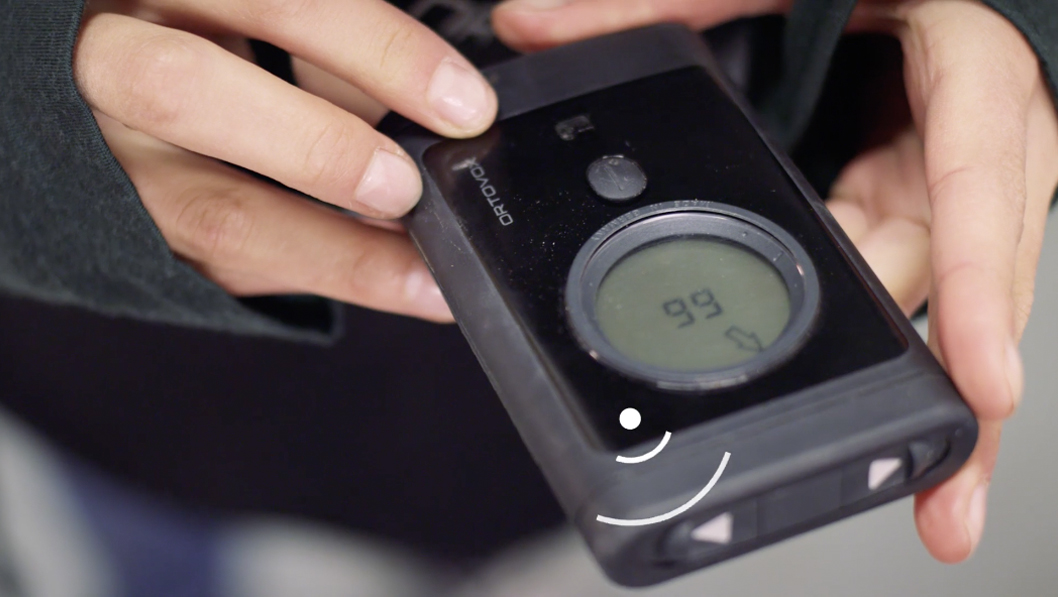
Be sure to wear your transceiver properly, using the harness to secure it to your body. Don’t just place it in a pocket, since outerwear can be ripped off by the force of an avalanche.

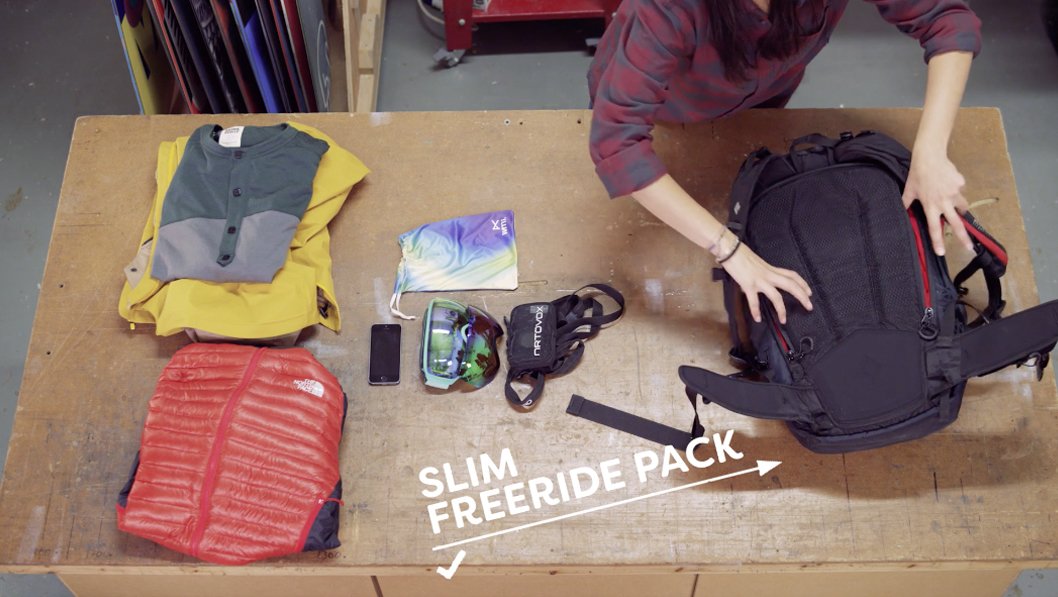
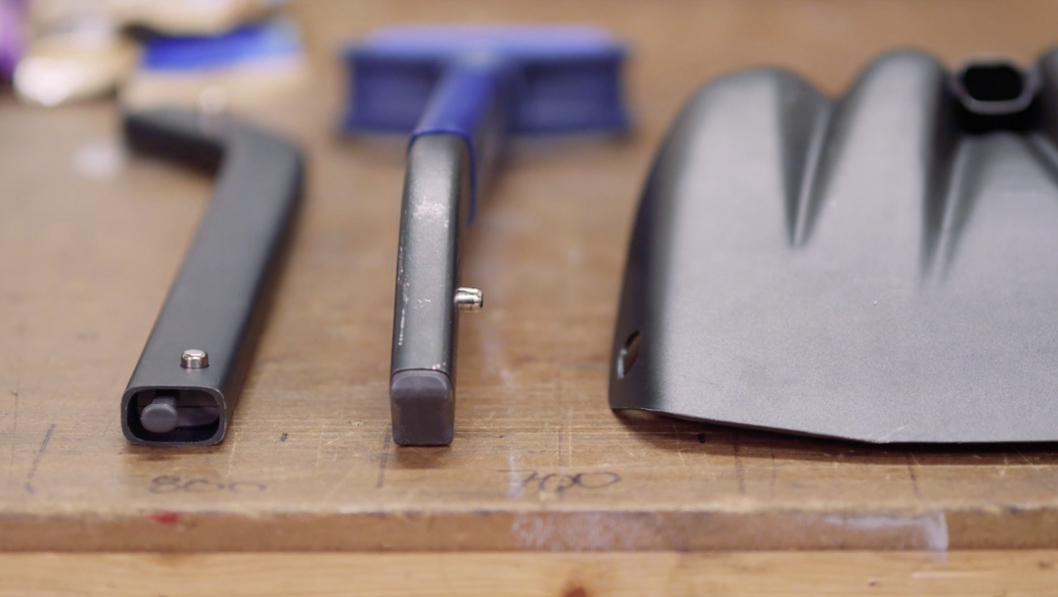
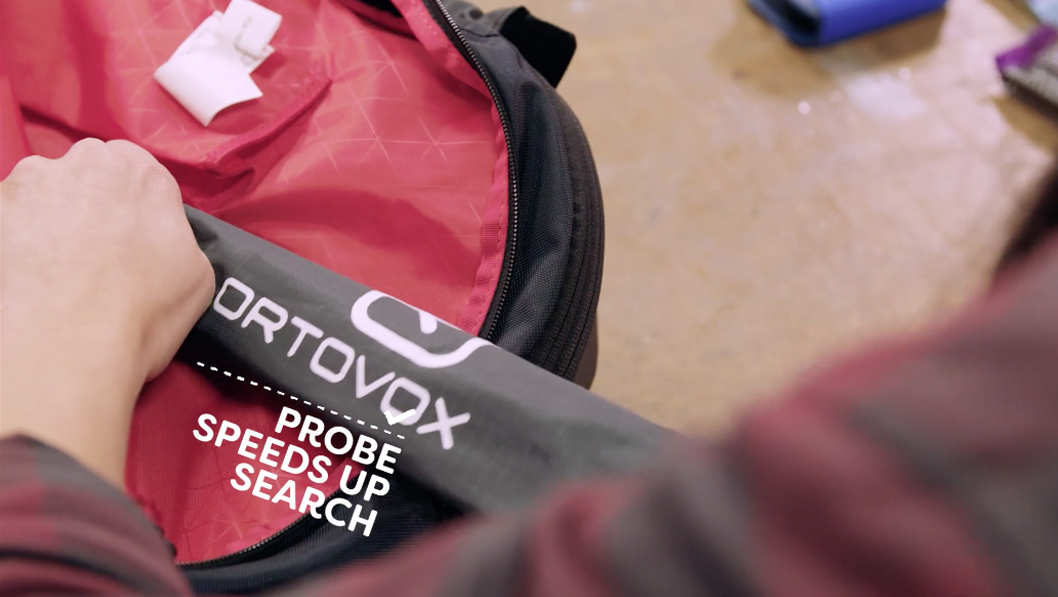
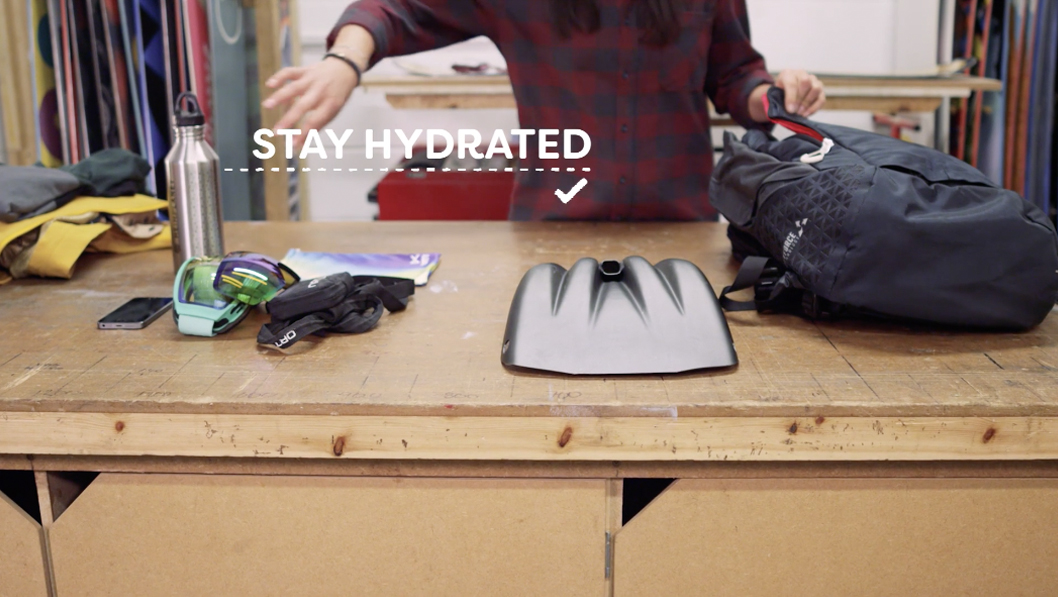
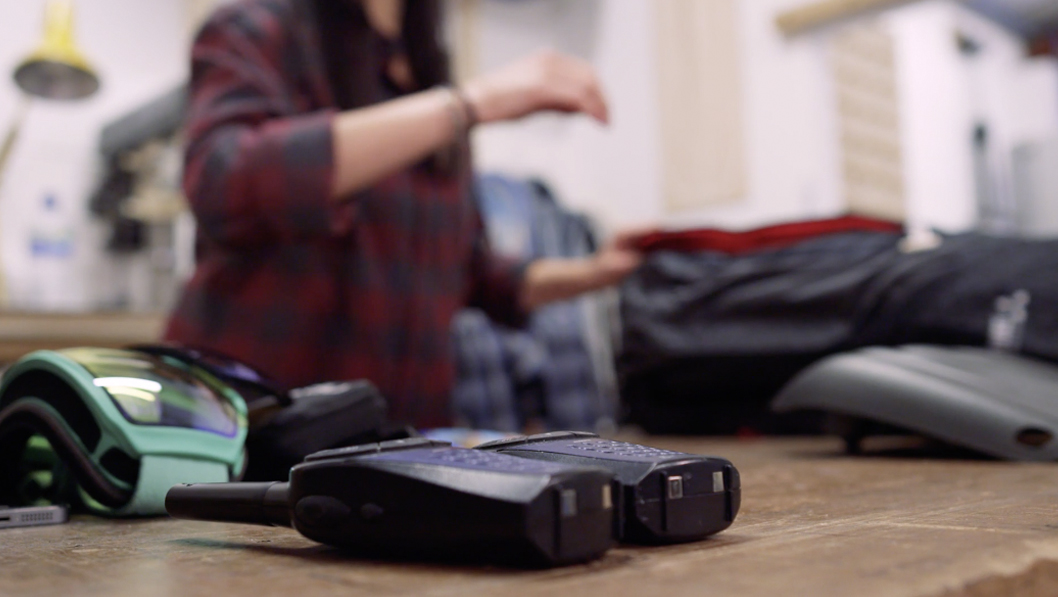
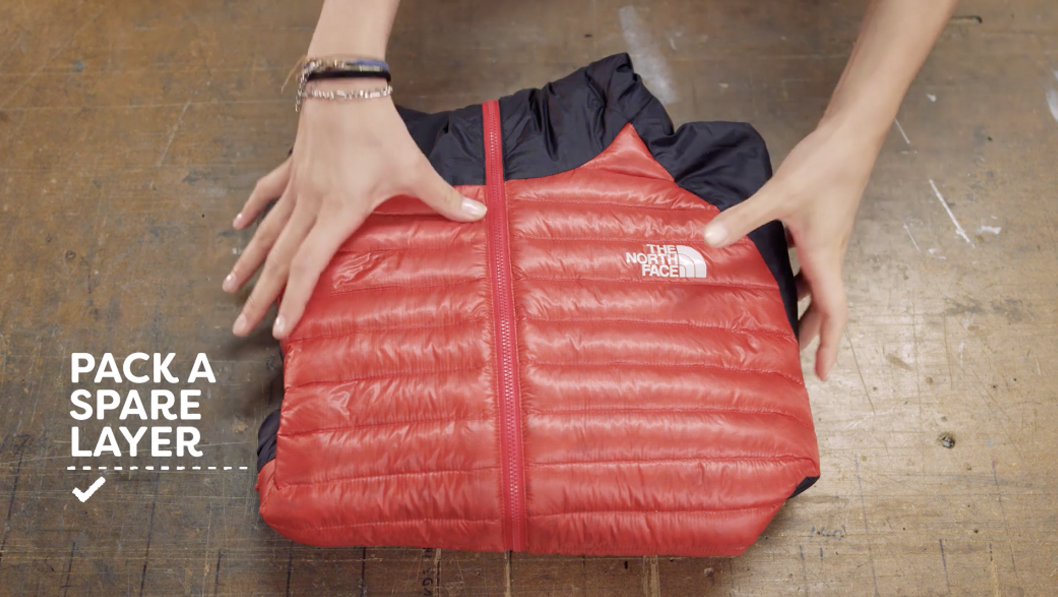 Once your bag’s packed, make sure you put on some appropriate clothing for the backcountry.
Once your bag’s packed, make sure you put on some appropriate clothing for the backcountry.